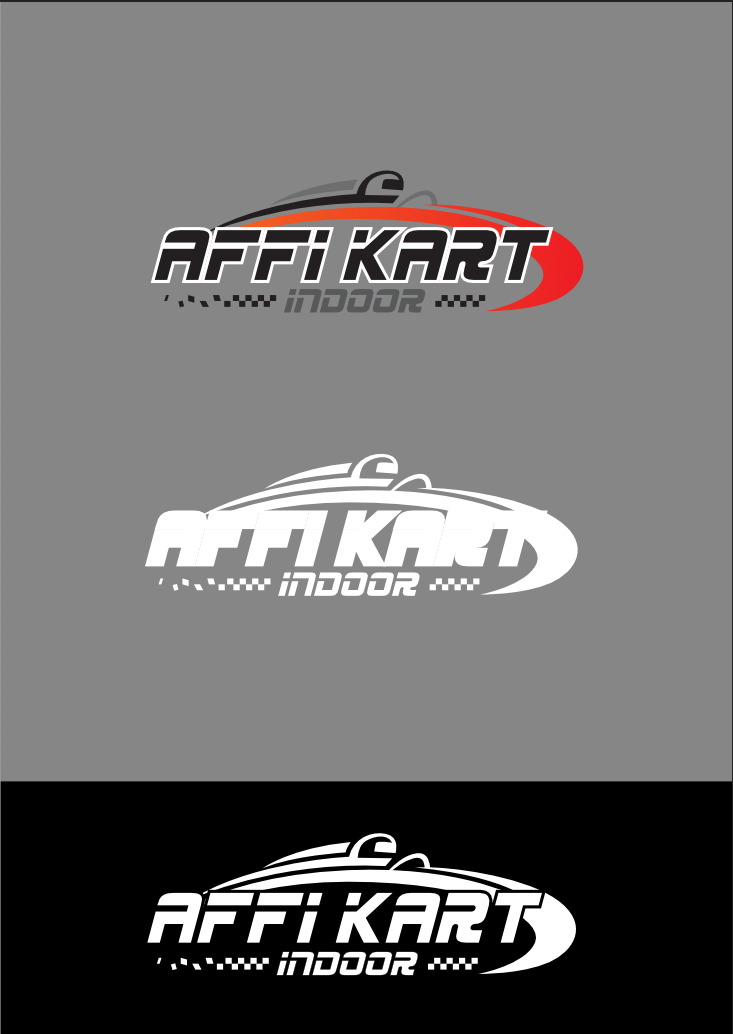Search the Community
Showing results for tags 'negative'.
-
Hi, I am trying to design a negative (white/black) version of a coloured logo. The text "Affi kart" is composed of the actual two words in black plus an outline curve in white. The issue is that when I set the black "Affi kart" text to white, as it should be, the separation between the text and the sweeping curve disappears (see picture below). Of course, I could just paint the white outline black. However, that only works on coloured backgrounds and I actually need to print this logo as a transfer sticker. Another way to do it would be to set the blend mode of the outline to "erase", but that only works in a raster file and I would like to keep everything as a vector, if possible. Is there a way to cut/erase the white outline from the sweeping curve? Thanks for any help anyone can offer. AFFI KART.pdf
- 2 replies
-
- affinity designer
- raster
-
(and 3 more)
Tagged with:
-
Hey there, I am currently running into the problem of recording an affine transformation with changeable values in the negative range into a macro. It is possible to set negative values during recording and at any given time. However, if you change the recorded value, for example from the originally recorded -1% to -5%, it does not take. The originally recorded negative value is displayed as such, but as soon as you insert another negative value, it simply converts to 0 and the transformation therefore resets. Below is a test macro with a negative transformation. Please try to set the value to -20 (or any other negative value) while playing it. Try the same outside the macro using Filters → Distort → Affine. Is there a way to make this work? Am I using the filter incorrectly? Is there a better way to wrap this into a macro? Thanks! Negative Affine.afmacros
- 1 reply
-
- affine
- affine transformation
-
(and 4 more)
Tagged with:
-
Hey there, I am currently running into the problem of recording an affine transformation with changeable values in the negative range into a macro. It is possible to set negative values during recording and at any given time. However, if you change the recorded value, for example from the originally recorded -1% to -5%, it does not take. The originally recorded negative value is displayed as such, but as soon as you insert another negative value, it simply converts to 0 and the transformation therefore resets. Below is a test macro with a negative transformation. Please try to set the value to -20 (or any other negative value) while playing it. Try the same outside the macro using Filters → Distort → Affine. Is there a way to make this work? Am I using the filter incorrectly? Is there a better way to wrap this into a macro? Thanks!
-
- affinity photo
- v2
- (and 5 more)
-
Need some help please and I will be specific. Scanning C41 Negatives using my Nikon D600/D800 with a Sigma 105 1:1 macro lens to produce 6 stitched images of 4x5 C41 negative. Scanning with fluid, AN glass and a sheet of optical mylar, the set up is as follows. light source, raised AN glass (frosted side up) layer of fluid, negative emulsion side up, fluid, optical mylar. DSLR shooting through the optical mylar and using live view highly magnified, focusing on the film grain. Lens at f8. file produced as RAW. The results are stunning and we have compared the results to an Epson V750 and I have sold the Epson. The questions is this; Using Affinity Photo (Mac) how do I convert the C41 to colour without the orange cast? I guess somewhere you need to sample the border strip and convert it from orange to blue as it is the base layer but other than this I have tried a few things and gone around in circles. Black and white and E6 positives are obviously easy and no problem but this Orange Cast..... Thank you very much for anyones time who replies. kind regard Graham.
- 33 replies
-
- c41
- negative film
- (and 4 more)
-
It's easier to operate on small values, also there will be no need to do math (yay) So let say I want to rotate object clockwise by 67 degrees. That's easy - just enter 67. But when rotating counterclockwise things starts to look more complicated. I must calculate 360-67 to know it's 297... damn 293. See? What about just entering -67, and moving on? (maybe I mixed directions, but general idea still holds up)
-
Hi. This is my first day of using the beta. I'm looking to close my Adobe CC account and switch over to Affinity - provided the tools can meet my needs as a graphic designer. Looking at the Publisher Beta today and my first niggle is that there is no way of putting a negative value on left indent. When I do bullet points or numbering, I always use negative first line indent with an equal positive left indent so that the whole bullet point is indented. Any way of getting this to work? I'm sure I may find other things - but that's all for my first day. Thanks.
-
I would really like to see a video about dealing with images from high res (3200 dpi) scanning. I have been scanning old negs. on an epson V550 photo bedtop scanner, for archival purposes, but obviously I would like to bring out the full potential if them and display/print some of them. They are in TIFF format- do I just deal with them as if they were regular JPGs? What about the high chromatic noise found in some of them? Or maybe I should be basically scanning them differently? I am using the built in Epson software that does a very good job of reverting the neg. colours to positive, but should I switch off the built in Unsharp mask? Glad to hear of anyone with experience with this type of project.
-
I have been trying to find the way to invert a vector in Affinity Designer and have had no luck. From what I understand you can do this in Adobe Illustrator. This is a tutorial that I found for illustrator that does this but I can find no way to apply it to Designer: If anyone knows how to do this or if it is even possible in Designer I would really appreciate your help :)
-
Start a new document A4 in portrait (default) add some Text in top left corner (Artistic Text Tool) Menu --> File --> Document Setup: deselect "Portrait" the selection is on the right position (top left) but the object is gone (because it has a negative y value) deselect and then select the object from layers to see the negative value





